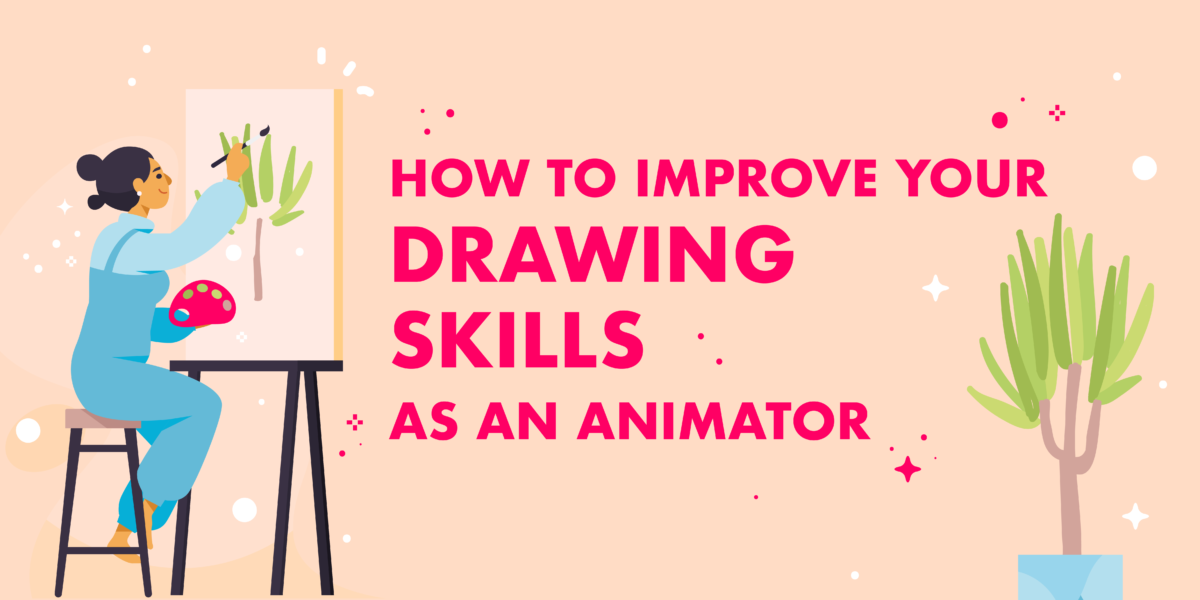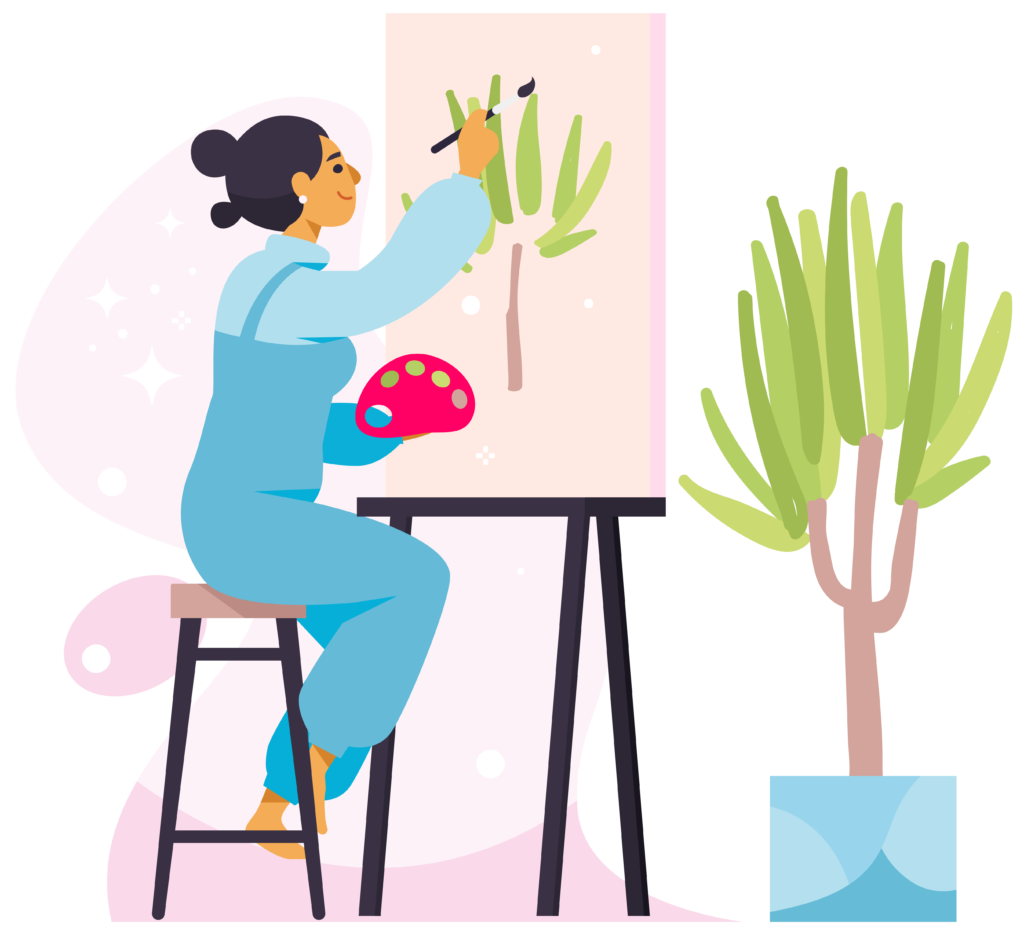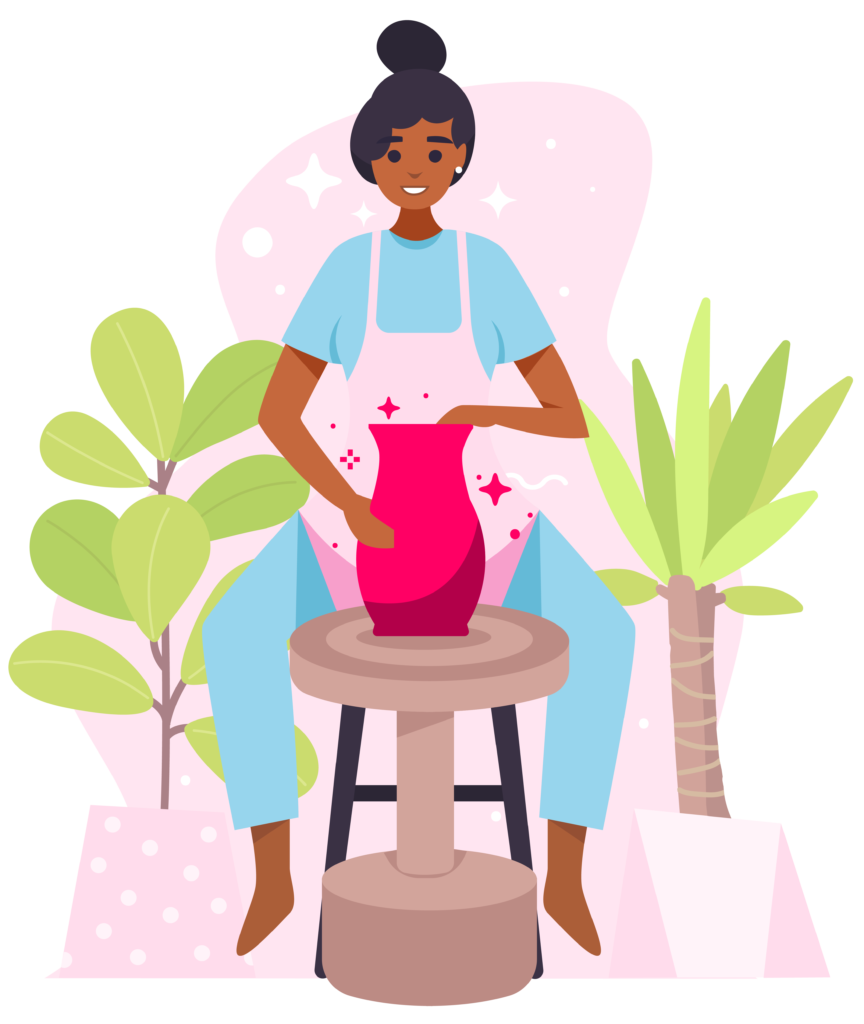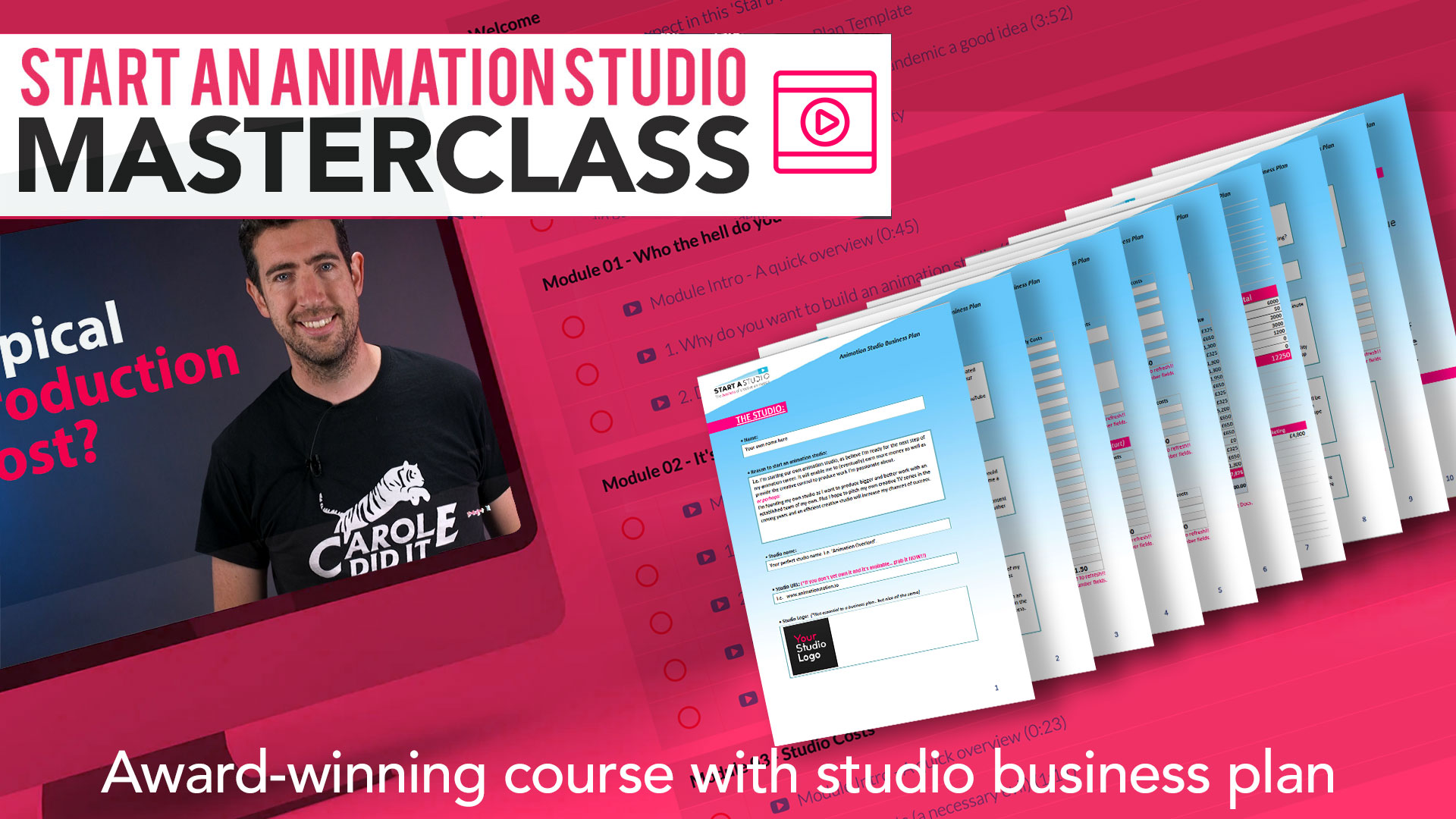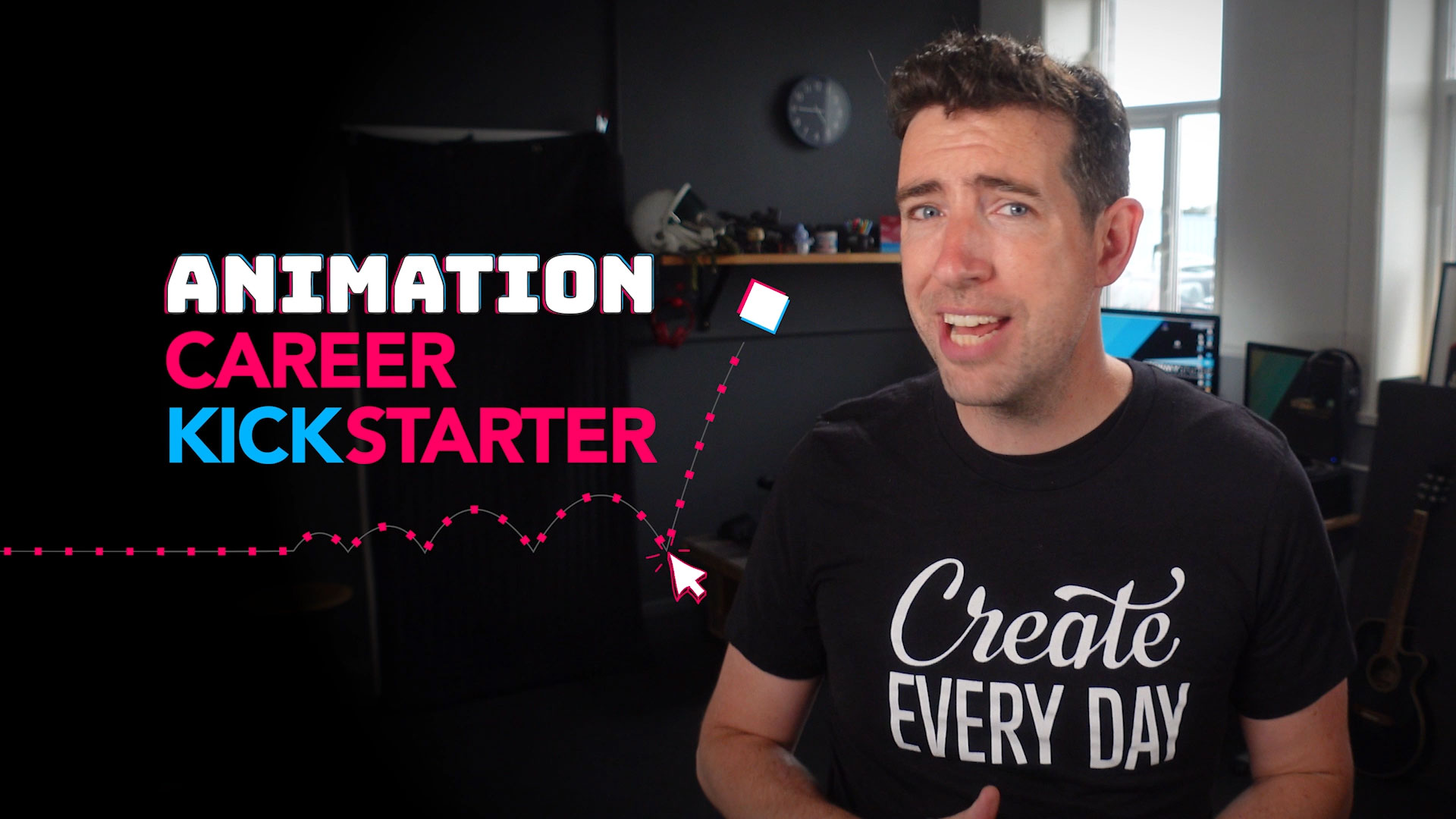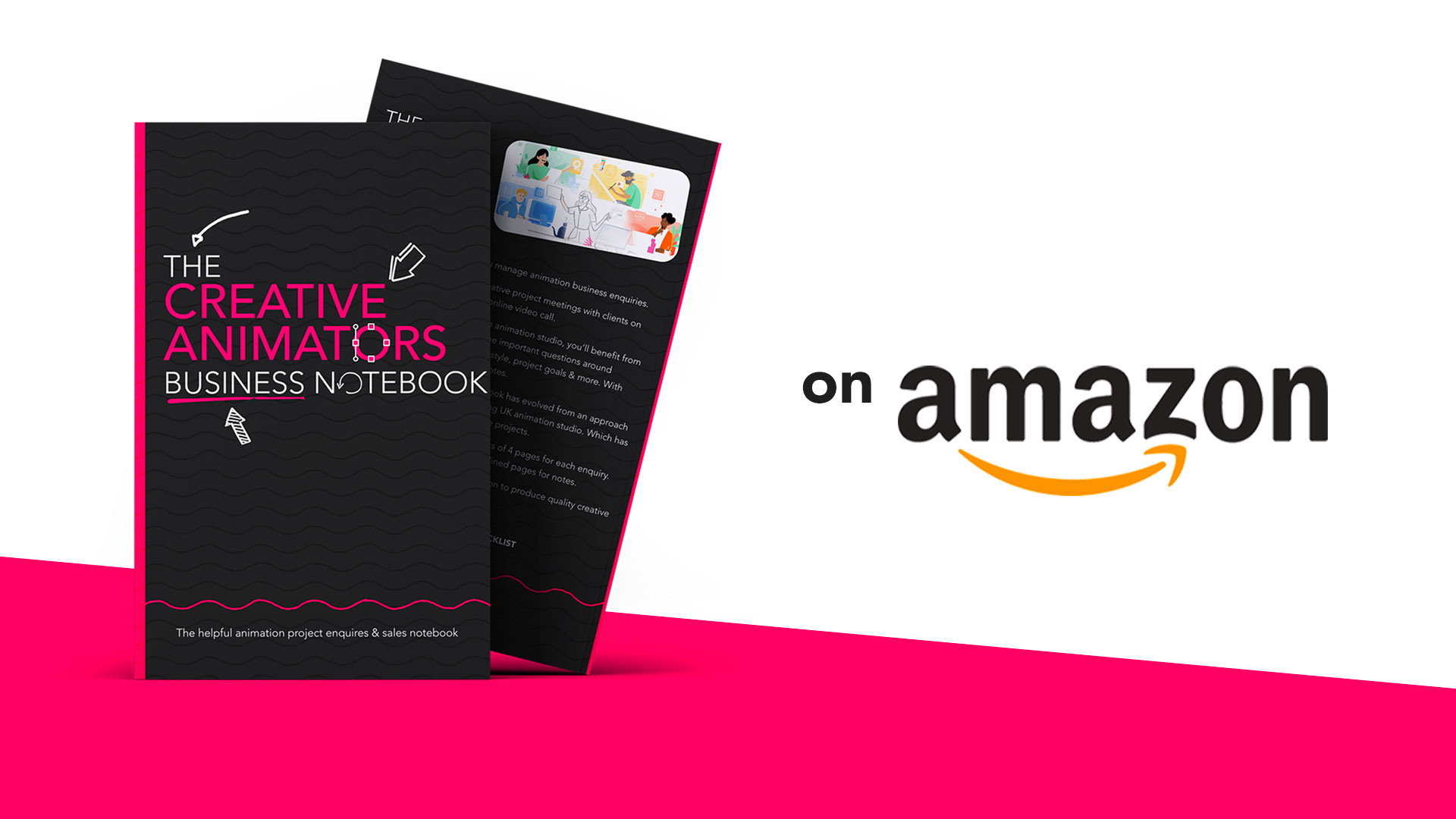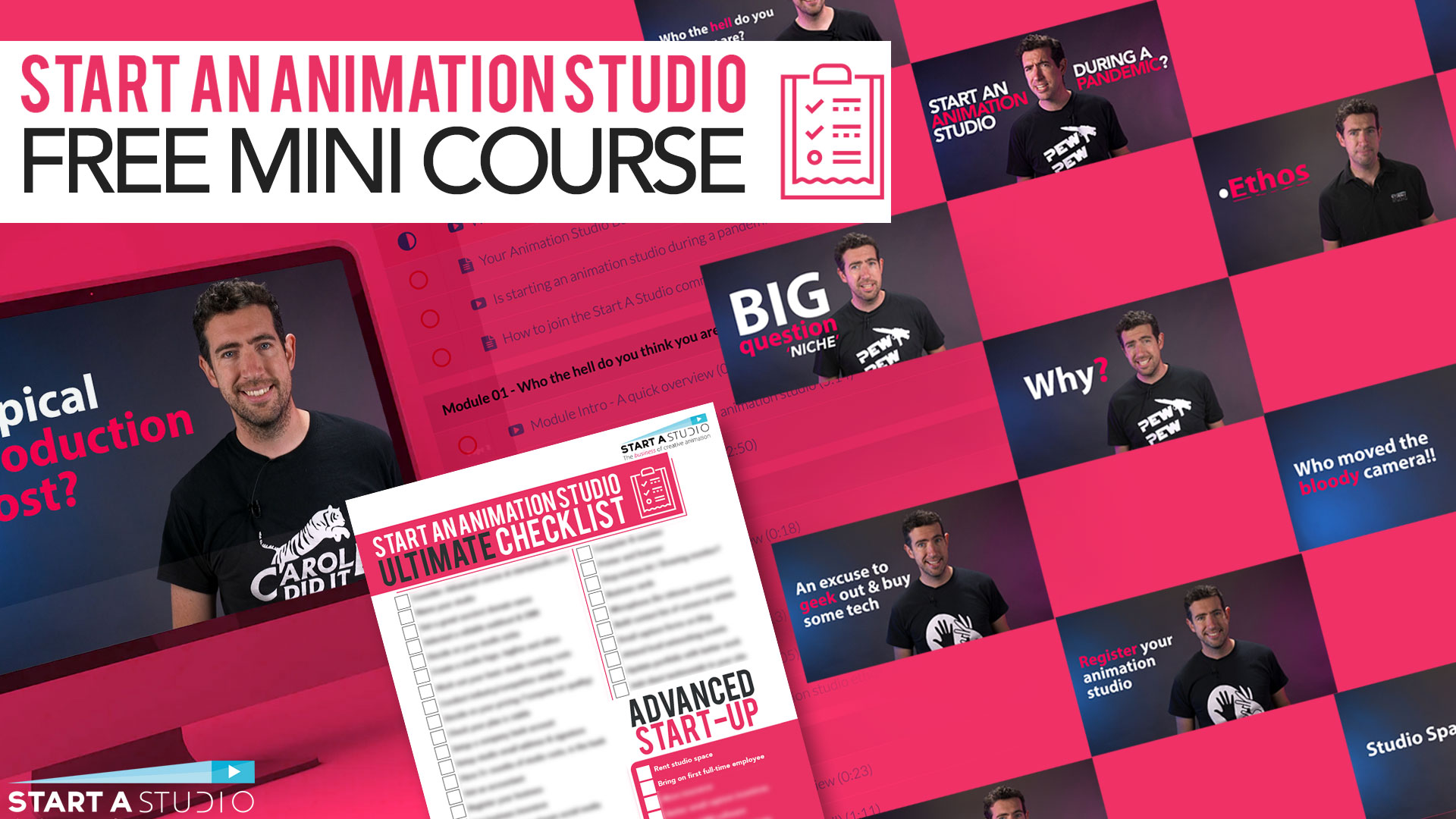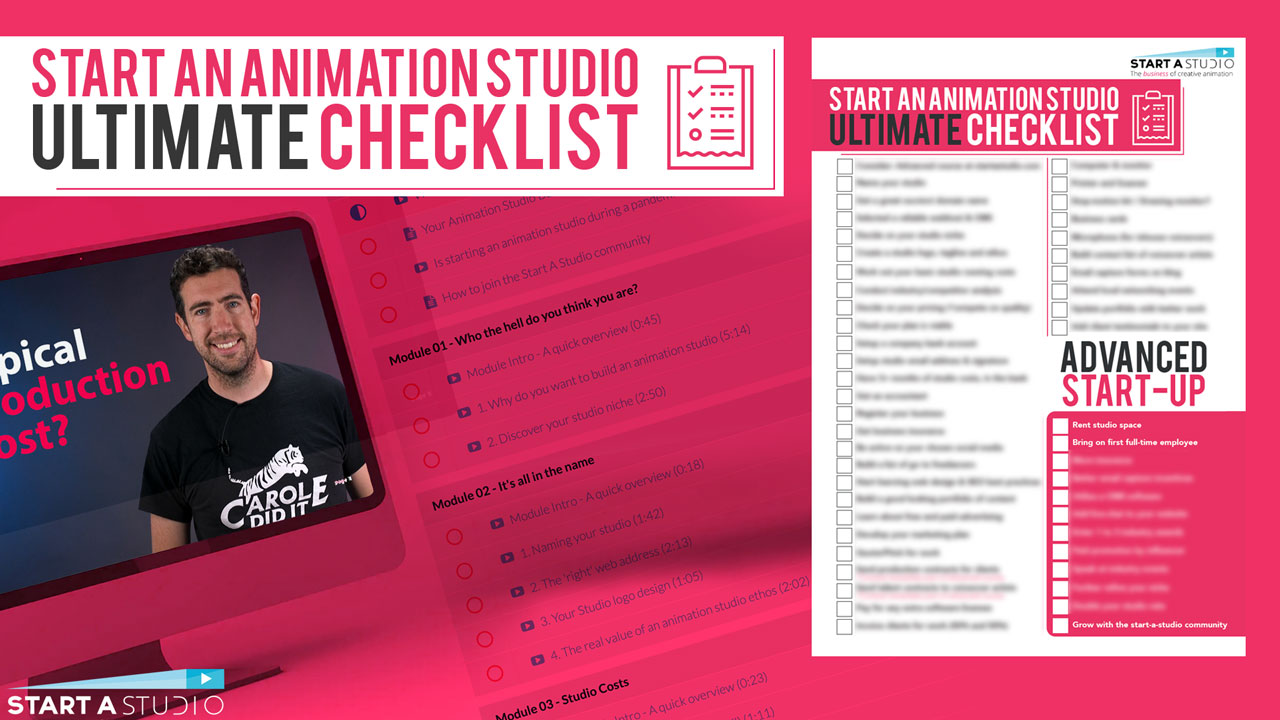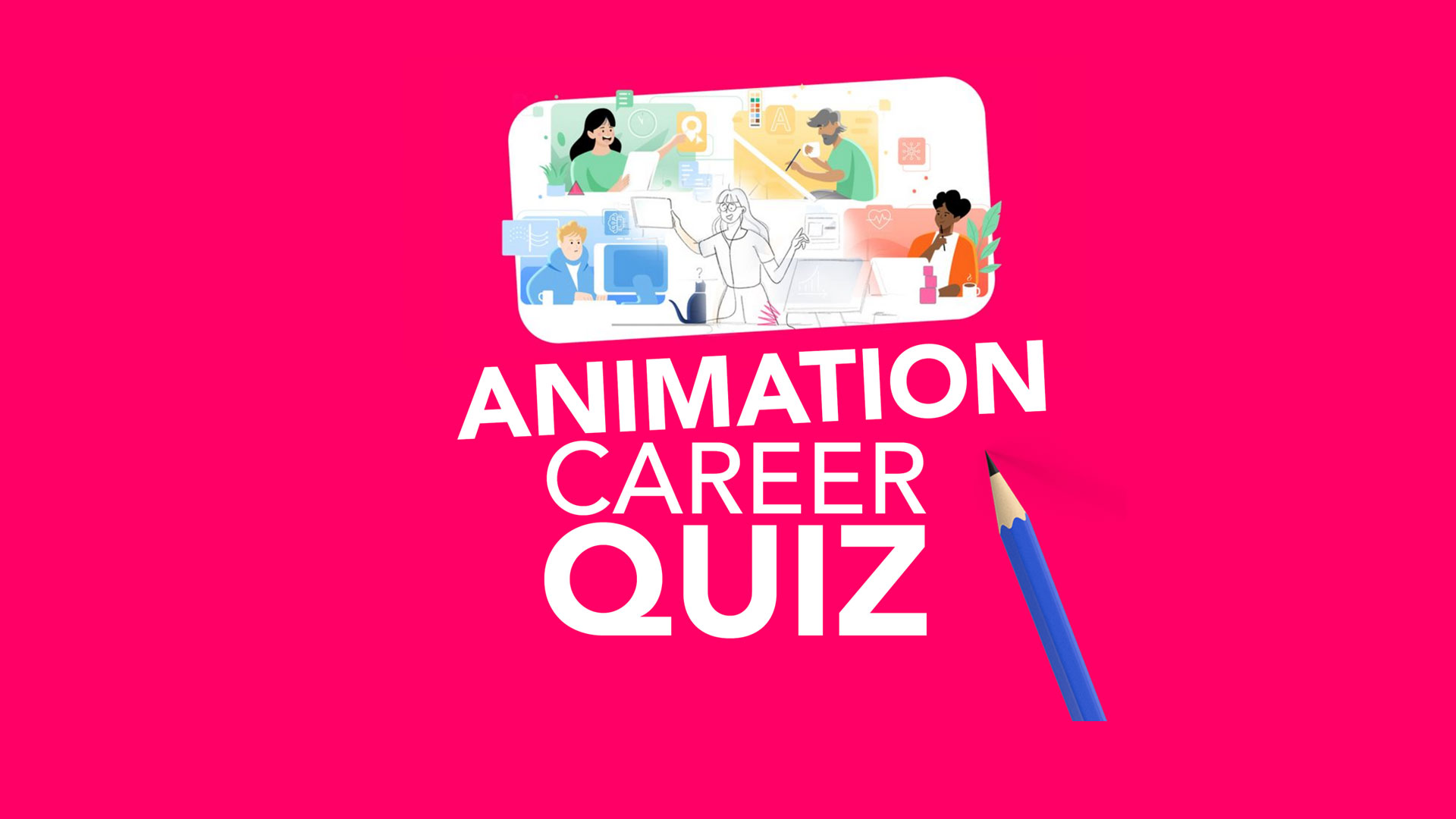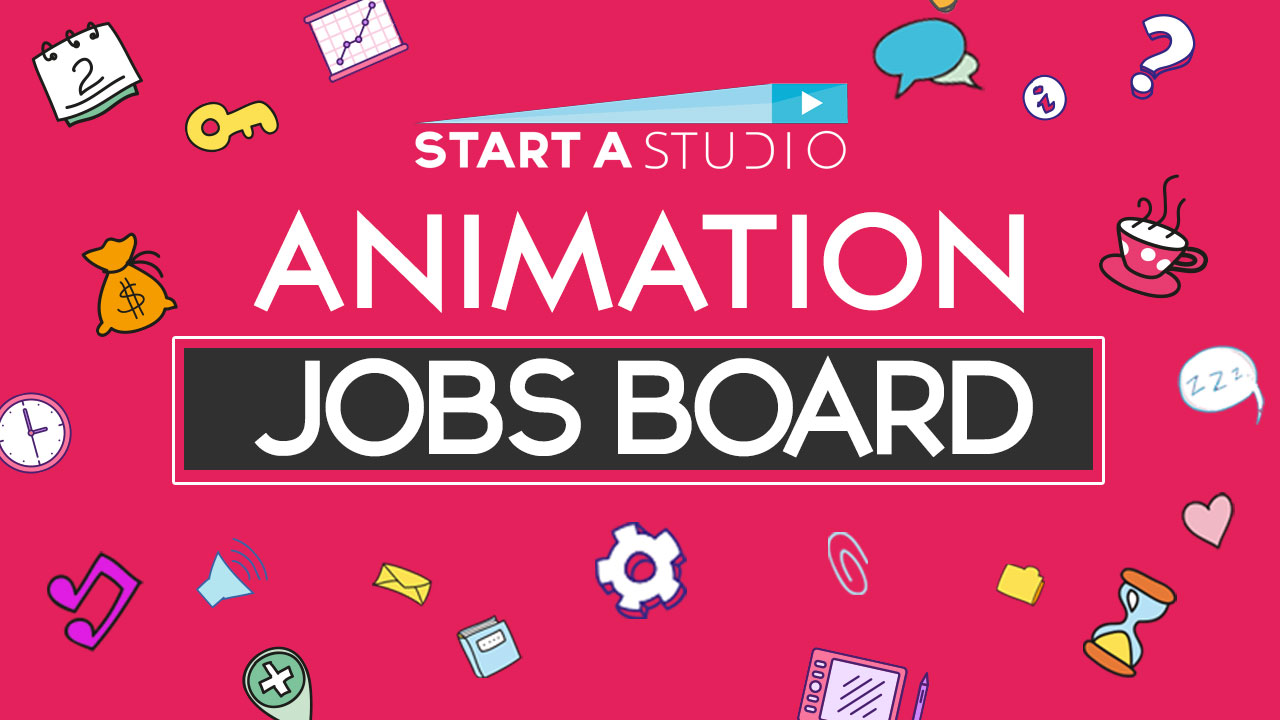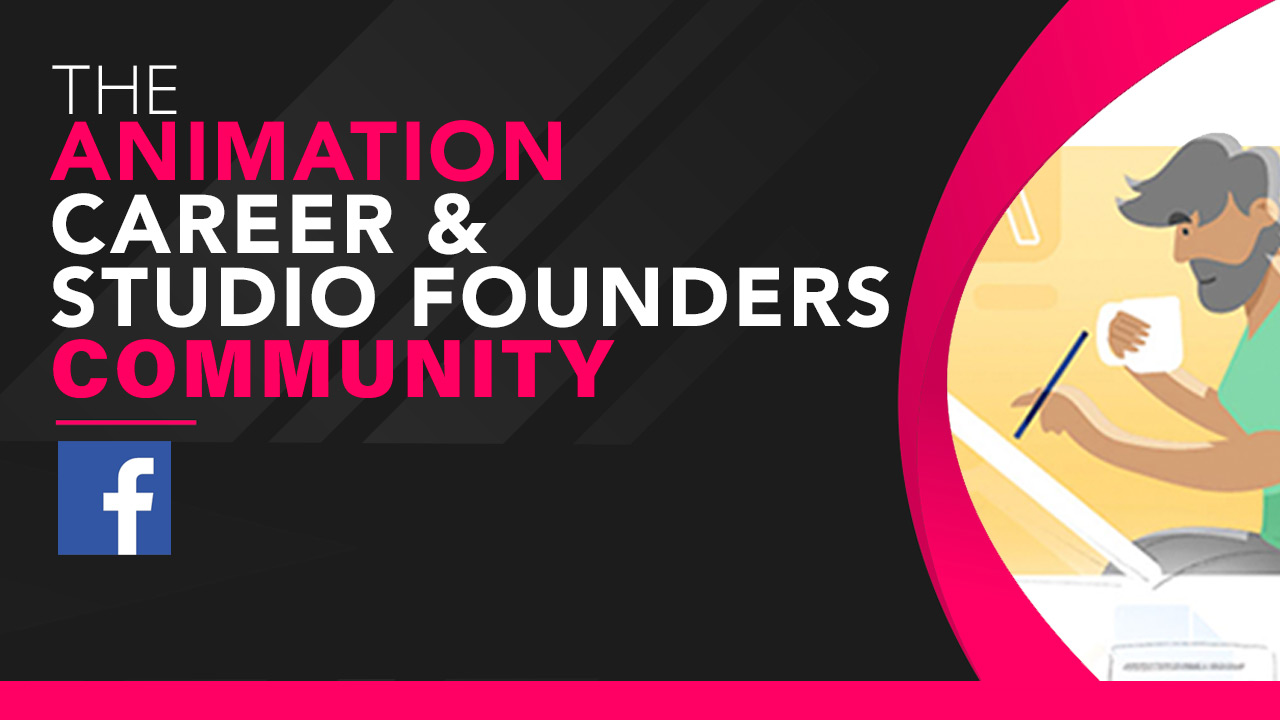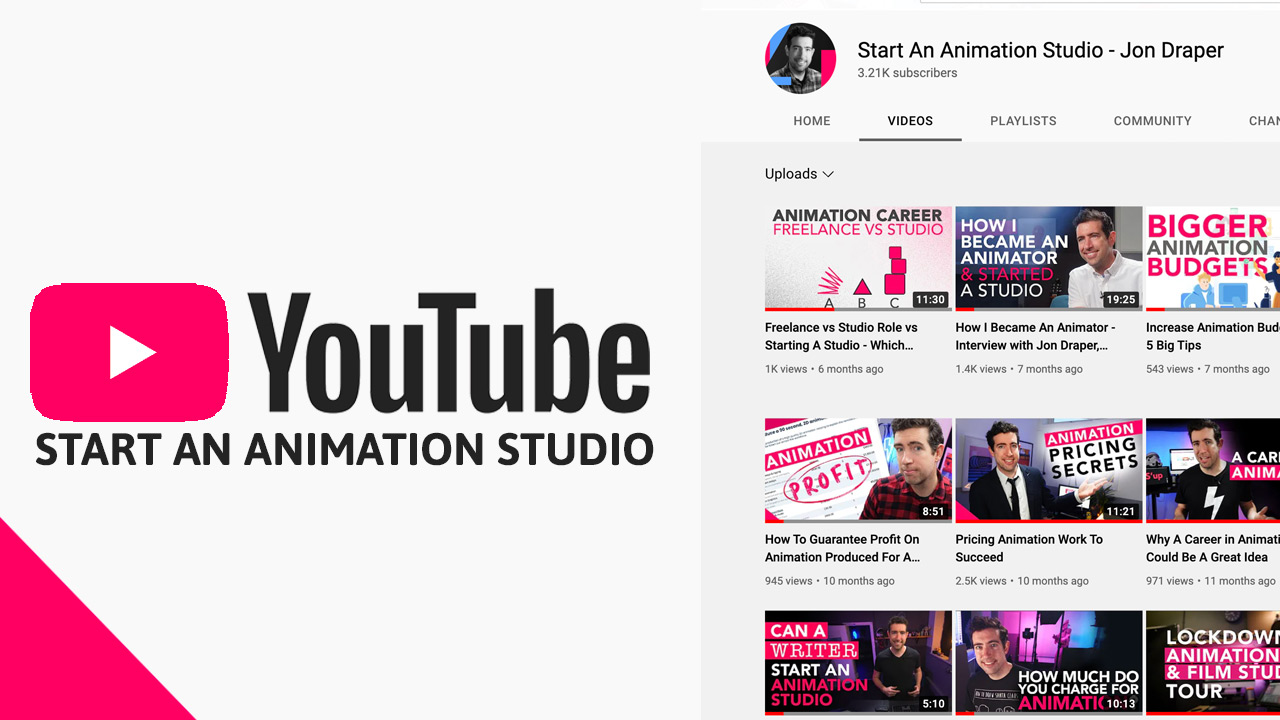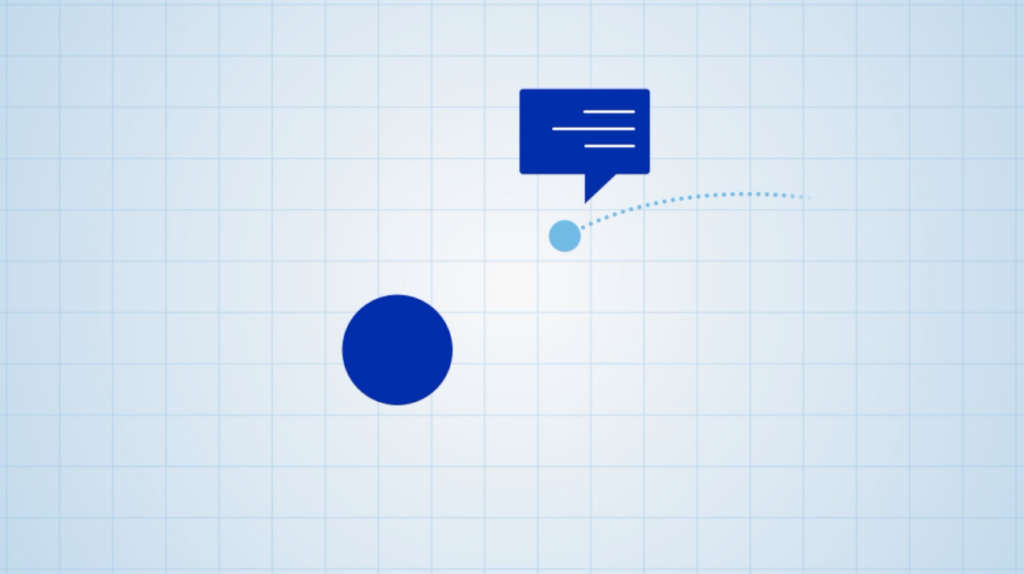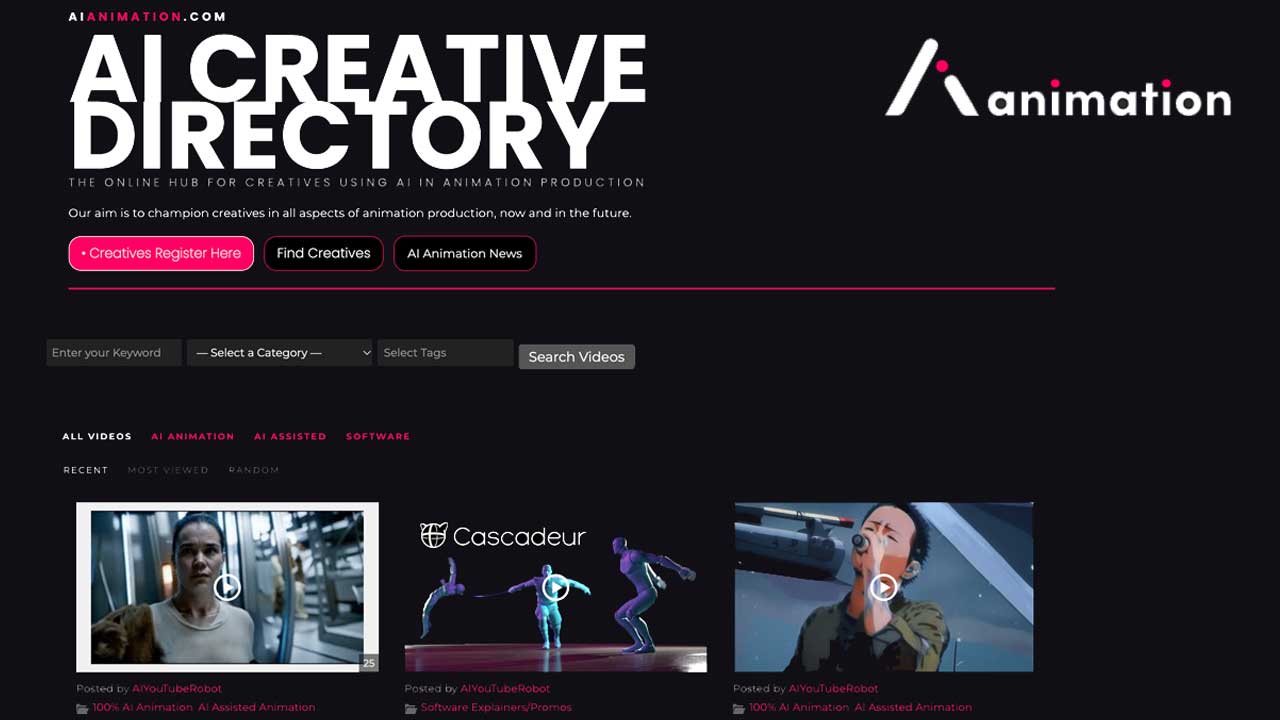Before you start animating, master your drawing skills…
Animation isn’t always about the newest software or the most expensive tools. To be a successful animator, you should begin with a solid grasp of the basics. Whether you’re a beginner or have been animating for years, you'll need to keep your drawing skills as sharp.
Why are drawing skills important for animators?
If you animate because traditional art isn't for you, it can be frustrating to return to paper and pen. This is especially true of 3D animators, whose modelling feels worlds away from traditional art. Even for 3D animators, drawing skills are important. Why?
Animation is all about expression. Most animation styles aren’t realistic, and that’s what gives them their charm. All good animation is expressive. Having good drawing skills doesn’t necessarily mean drawing with realistic detail. It does mean communicating ideas through visual expression—an essential skill for every animator.
1. Make drawing part of your daily routine
The best way to improve your drawing skills is to practice regularly. Drawing every day, even if it’s just for a few minutes, will help you see your progress clearly. For the same reason, it’s a good idea to date your work. Find a time every day when you won’t be interrupted, set a timer, find somewhere to sit, and get drawing.
Buying a sketchbook (or tablet if you prefer digital drawing) also helps make drawing easy. Bring the sketchbook with you when you go to work or school. If you find yourself with a free five minutes in the day, take the time to make a quick sketch.
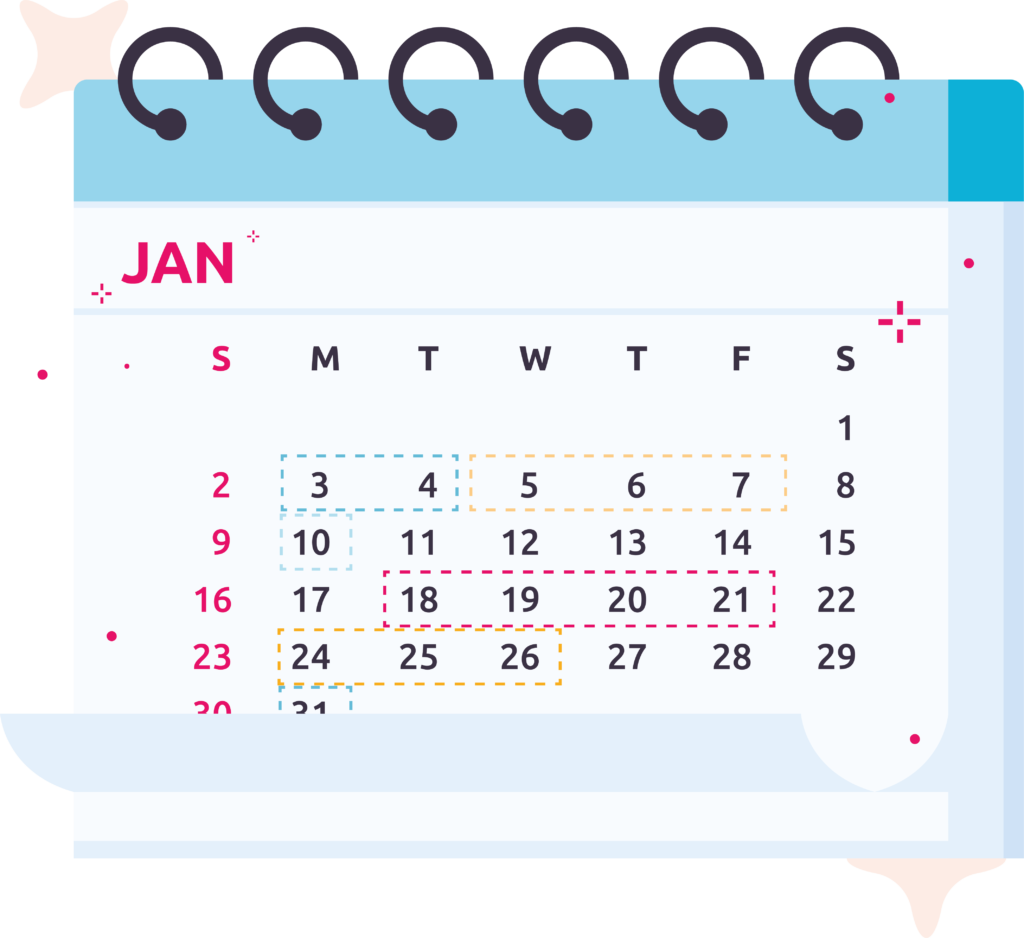
2. Find your references
3. Expression vs accuracy
Many beginner artists spend hours agonising over the accuracy of their drawings. You’re an animator, not a classical artist, so focus on expression before accuracy. If a drawing perfectly illustrates a particular expression, don’t worry if the eye-to-mouth ratio is off.
That being said, learning the basics will improve your drawing skills. Mastering facial and body proportions will help your characters to feel more ‘real’. As Pablo Picasso once said, ‘learn the rules like a pro so you can break them like an artist.’
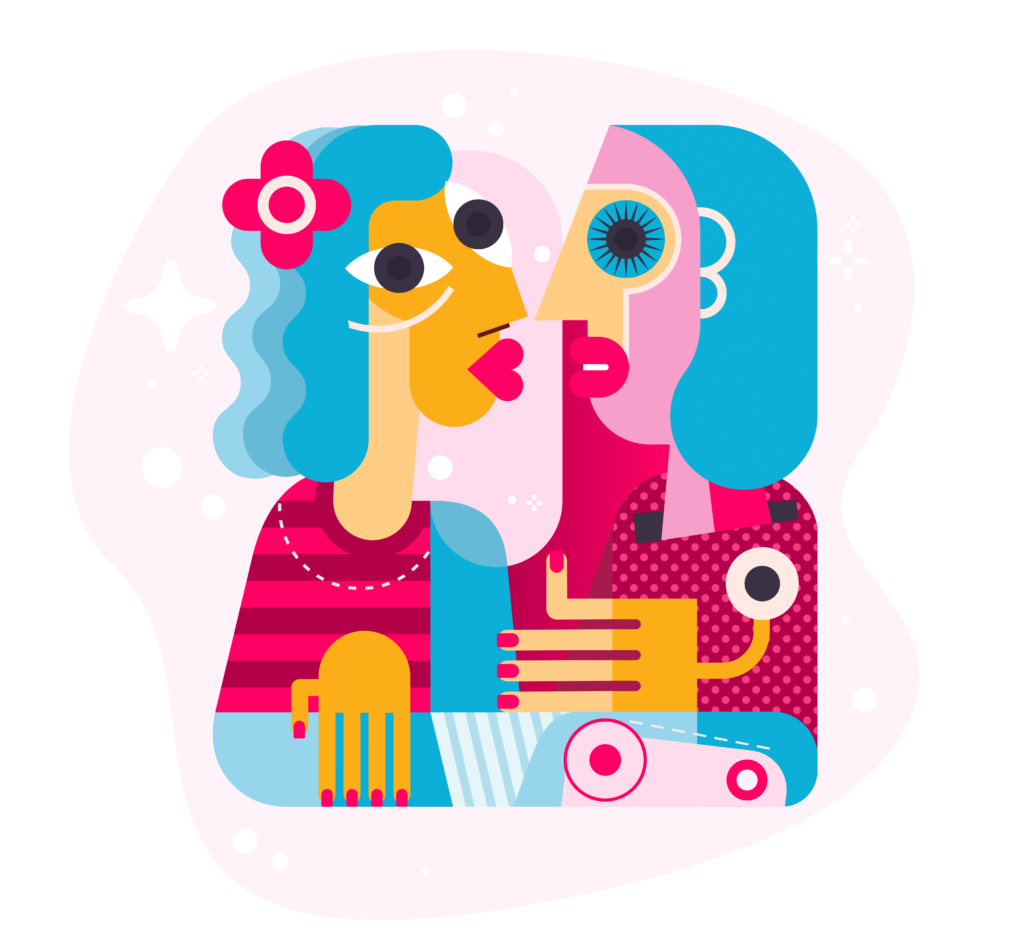
4. Try new media to expand your drawing skills
5. Practice makes perfect
Improving your drawing skills can be exasperating, especially if you’re a perfectionist. To see progress, little and often is key. Don’t be too hard on yourself if a drawing didn’t come out the way you imagined—it takes time to draw like a professional!
A good way to encourage yourself is to remember that every artist was once where you are now. If you have a favourite artist or illustrator, find their old work to see how much they’ve improved. It can be easy to think that people are born with good drawing skills. Ask any artist and you’ll find out how much work went into perfecting their skills.
For some free resources to help improve your drawing skills, check out our article on ten on the best animation YouTube channels. Many of these channels also have videos helping animators work on their drawing skills.

Interested in an animation career or starting a studio?
Checkout these resources
Share this Post

